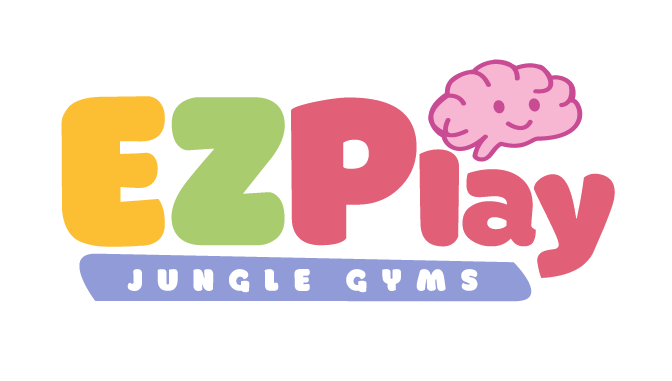
Why Is My Child So Obsessed with Jumping? (And Why That’s a Great Thing)
If your toddler seems obsessed with jumping on the couch, the bed, or even your back—you’re not alone. And guess what? That urge to jump is actually hardwired into their brain.
Kids aren’t just trying to drive you crazy—they’re trying to build better brains, stronger bodies, and more integrated sensory systems. Jumping isn’t just fun—it’s foundational.
Let’s explore why kids jump, what it does for their development, and how to support this brain-building movement safely at home.

🧠 Why Kids Love to Jump
Jumping is a full-body sensory experience. It combines:
-
Proprioception (awareness of body position)
-
Vestibular input (movement and balance)
-
Muscle coordination
-
Impulse control
-
Spatial awareness
-
And pure JOY
All of these systems are being wired in early childhood—and jumping is one of the fastest ways to activate them all at once.
When your child jumps, they’re literally lighting up multiple parts of the brain at the same time. That’s why they crave it—and why it’s so important not to shut it down.
💥 6 Surprising Benefits of Jumping:
1. Builds Bone Density
Jumping stimulates the bones to grow stronger, especially in the hips, legs, and spine. This is especially important in early childhood when bones are forming rapidly.
Strong bones = better posture, better movement, and fewer injuries down the road.
2. Stimulates the Vestibular System
When kids jump, land, and recover balance, they’re strengthening their vestibular system. This helps with coordination, body awareness, and emotional regulation.
3. Improves Muscle Tone and Core Strength
Landing from a jump requires serious stability! The core, glutes, and leg muscles are all activated—which also supports balance, posture, and even digestion.
4. Supports Sensory Integration
Jumping gives heavy input to the joints and muscles. This is called proprioceptive input, and it helps kids feel calmer and more regulated—especially if they’re overstimulated or having a hard time with transitions.
5. Boosts Brain Communication
Jumping often involves crossing midline, syncing arms and legs, and coordinating movements—tasks that require both sides of the brain to communicate. This supports executive function and learning readiness.
6. Enhances Emotional Well-Being
Jumping is one of the most natural mood-boosters out there. The physical release combined with vestibular input helps release happy hormones like dopamine and serotonin.
🏡 How to Support Jumping at Home (Without Losing Your Mind)
Here’s how to channel your child’s jumping energy in a safe and brain-friendly way:
-
Use a thick padded play mat (like our Plush Baby Mat or Double-Sided Baby Play Mat)
-
Designate a “yes space” for jumping (pillows, mattresses, play couches)
-
Create an obstacle course with jumping stations
-
Add a trampoline (even a mini one with a handle!)
-
Jump off the bottom step or a low climbing gym like the Bonobo Gym or Panda Playground
-
Pair jumping with songs or counting to build rhythm and language skills
The key? Say YES to jumping…just guide where and how it happens.

💡 Jumping Milestones by Age
-
6–12 months: Bouncing on your lap or while being held
-
12–18 months: Starting to bounce on the spot, bending knees
-
18–24 months: Lifting both feet off the ground
-
2–3 years: Jumping off low surfaces with both feet
-
3+ years: Beginning to jump forward, hop, and even skip
If your child is constantly trying to jump—it means their nervous system is seeking input. So let’s give it to them! Safely. Consistently. And with brain-building in mind.
🧠 Final Thoughts from Dr. Stefanie
Jumping isn’t just a wild toddler habit. It’s intelligent movement—and one of the most natural ways your child builds strength, coordination, and emotional resilience.
The more jumping opportunities you offer, the more your child’s brain will thrive. So bring out the play mats, designate a jump zone, and let the wild rumpus start. 😉








